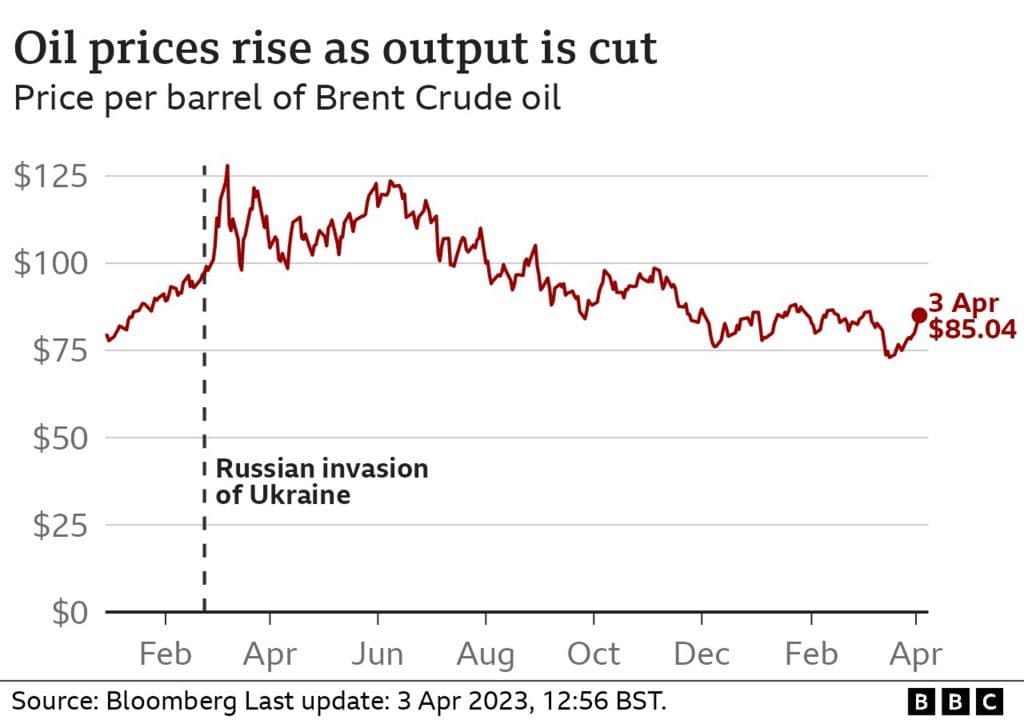Oil Retreats as U.S. Backed Peace Push Raises Supply Prospects
Global crude prices slipped as markets reacted to reports the United States is pressing a plan to end the Russia Ukraine conflict, a development traders said could boost oil flows and trim the risk premium attached to supply. The move comes as uncertainty over the timing of U.S. interest rate cuts also curbs risk appetite, shaping both near term prices and the outlook for energy markets.

Global oil prices are falling on November 21 after Reuters reporting cited by Investing.com said the United States is pushing a plan aimed at ending the Russia Ukraine war, a development traders interpreted as increasing the prospect of additional crude supply. Brent crude futures traded near $62.67 a barrel after a decline of about $0.71, a drop of roughly 1.1 percent. U.S. West Texas Intermediate futures were around $58.29 a barrel, down about $0.71 or 1.2 percent, extending losses into a third session.
Market participants said the U.S. backed diplomatic push and the potential for eased restrictions on Russian oil flows linked to sanctions are the primary drivers of the latest move. Analysts noted that any credible path toward de escalation could unwind the supply risk premium that has supported prices since the onset of the war, and that expectations of restored flows would be a direct offset to prior cuts in Russian exports and to tightness elsewhere.
At the same time, traders pointed to lingering uncertainty over whether and when the Federal Reserve will begin easing policy as a separate factor weighing on risk appetite. Softer expectations for rate cuts can strengthen the dollar and make dollar denominated commodities more expensive for non U.S. buyers, while also dampening expectations for a demand led recovery in energy consumption. The combination of a potential supply easing and weaker risk appetite is suppressing short term price momentum.
The immediate market reaction illustrates the sensitivity of crude benchmarks to geopolitical developments and central bank signals. Prices around $63 for Brent and $58 for WTI sit well below peaks seen in earlier phases of the conflict, indicating a partial reversal of the premium traders had been willing to pay for perceived scarcity. For oil producers, a sustained decline toward these levels would squeeze margins for higher cost barrels, while refining and consumers could see some relief in fuel prices if the move persists.
Policy makers face trade offs. For consuming nations and central banks, lower oil moderates inflation pressures and could reduce the need for aggressive monetary tightening. For producers and sanctioning countries, any rapprochement that restores Russian exports would complicate efforts to keep markets tight and could influence OPEC plus calculus on production targets in the months ahead.
Over the longer term, the episode underscores two enduring themes for energy markets. First, geopolitical outcomes remain a decisive swing factor for near term supply balances. Second, monetary policy and global growth expectations continue to shape demand projections and price volatility. Investors and policymakers will be watching diplomatic developments closely, while also reading central bank signalling for clues about the next shift in risk appetite that could either amplify or counterbalance changes in oil supply.

